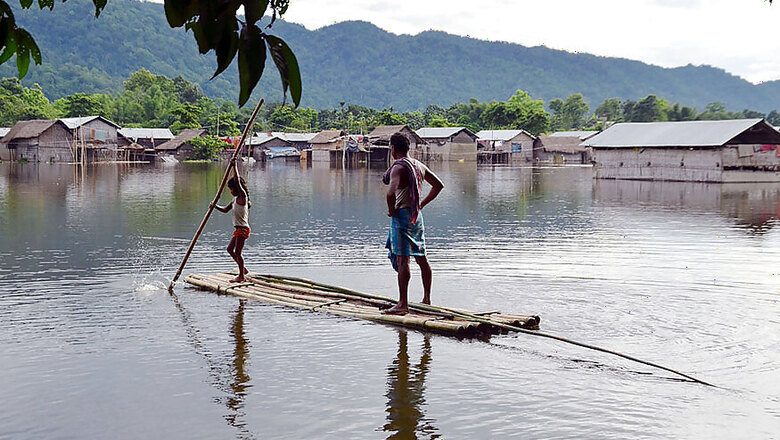
views
The death of Haishor Ali's seven month old toddler is the second drowning case within a week in a village called Mazidbhita in Barpeta district of Assam. Ali's house got inundated in the current devastating flood. The flood water of river Beki, a tributary of mighty Brahmaputra, has submerged the earthen floor of his house. The entire family has been living on two elevated beds.
On that fateful day of July 11, Ali's wife Eliza Khatun got up before dawn and went to the nearby jute field on their country boat to attend to nature's call. There is hardly any toilet in the village that can be used and open defecation is the order of the day. Women and adolescent girls have to do it before sunrise. By the time Eliza came back and started preparing breakfast on one corner of the other bed, where her mother-in-law was sleeping, Ali got up and couldn't find his son Injamul on the bed. Injamul was neither on his mother's lap or his grandmother's.
Injamul drowned in the flood water. His dead-body was found under the bed. Just the thought of it brings back sharp memories of the Syrian boy, Alan Kurdi, who lay dead on the shore, face down. But there was nobody to photograph Injamul, or even mourn his death.
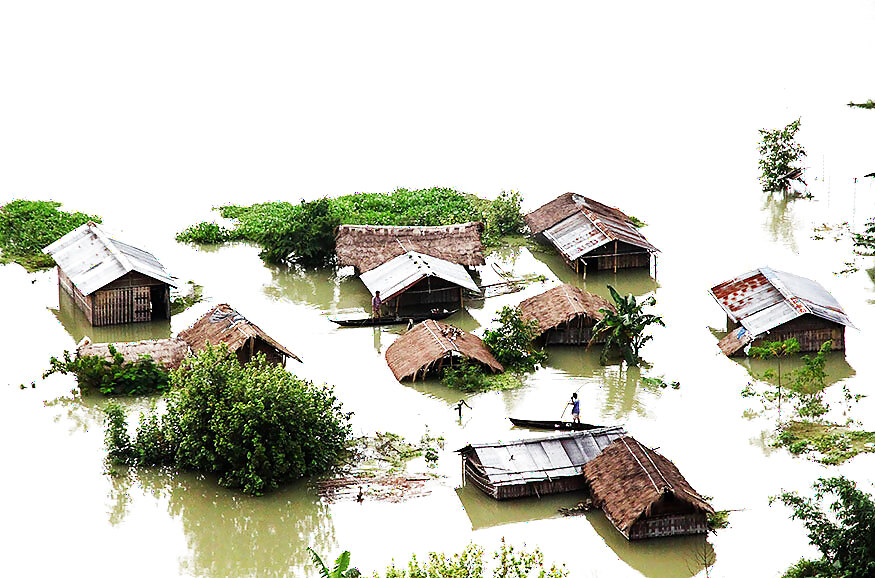
This year alone, there have been more than 50 deaths and thousands have been displaced. The numbers are still not enough to hit the collective conscience of the nation. The news of flood in Assam has become monotonous and boring over the years. With abysmally low attention from policy makers and policy advocates, a large percentage of population is turning into climate refugees in Assam. This is happening silently but has dangerous repercussions on socio-economic and political spheres of the state.
The intensity of flood and erosion has terribly increased in the last few decades. The weather has become more unpredictable, impact of flood and erosion has been more destructive. Over half a century ago, the magnitude of flood was much lesser and people used to welcome the flood. Writings of travellers and soldiers of the medieval time reveal the story of amazing rivers and awe-inspiring seasonal rains in Assam. Assamese people used these factors to their advantage in their battles against other armies.
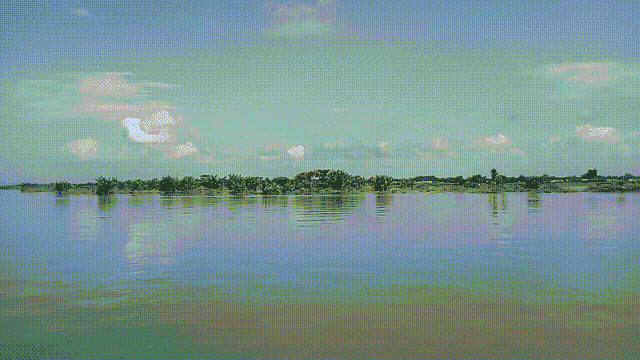
But the situation has drastically changed. Experts believe that along with adverse impact of climate change, deforestation, destruction of natural water bodies like beels and haors, short-sighted interventions have created more problems than they could solve.
Sanjay Barbora, the dean of humanities and social sciences at TISS, Guwahati says, "The propensity to build embankments and dykes with a very short-term economic logic in mind created several unintended consequences that continue to have an adverse impact on the social geography of the Brahmaputra valley."
He further argues that the construction of embankment has radically altered the social structure of the place and construction of such embankment in one village creates water-logging in the paddy fields of another. Moreover, the breach of embankment causes more loss since the community doesn't remain prepared for the unforeseen disastrous event.
The major casualty caused by flood in recent years in Assam has close links with some of the mindless development projects in the region. Devastation happened in 2004 in Barpeta and adjoining districts due to the release of access water from Kurishu dam in the upstream of river Beki in Bhutan. Those on the side of the downstream didn't have a clue about the imminent disaster and thus couldn't prepare at all.
 Rivers of Assam
Rivers of Assam
The floods in 2004 had far reaching impact on human and wildlife in areas including the Manas National Park. The debris carried by flood water blocked and killed a river called Hakura at Mathanguri in Indo-Bhutan border. The water of river Hakura got diverted to Beki which caused over-flowing and widening of river Beki, resulting in heavy erosion and displacement of tens of thousands people.
This year the sudden release of water from NEEPCO's dam over Ranganadi has created havoc in Lakhimpur district. The flood victims allege that the dam authority didn't warn the people about the release of water and the risk of subsequent flooding. An early warning could have saved many lives and properties in the district.
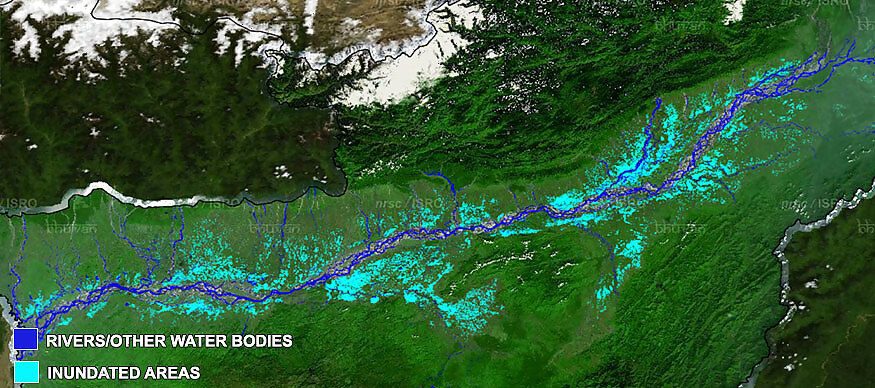
The government sponsored flood control and response measures deployed in Assam are one of the most frustrating things to observe. Every year, in the pre-flood scenario, the government agency concerned build or repair the embankments just before the monsoon which makes these structures extremely vulnerable and often get breached on the first web of flood.
In post flood situation, the agencies wash their hands with distribution of meagre amount of essential commodities like rice, pulse and salt in the relief camps and in some cases fodder and tarpaulin. A government official informed that they have distributed 20 bags (35 Kgs per bag) of fodder among 4,000 farmers as the only flood relief measure!
Though India is a signatory in the Sendai Framework, a voluntary and target oriented disaster risk reduction agreement and Assam claims to be the first state to implement it, there is hardly any initiative taken by the responsible agencies to reduce the risk and vulnerability in the flood prone areas of Assam.
Sendai Framework has identified four priority areas for action i.e. i) understanding the disaster risk, ii) strengthening disaster risk governance to manage disaster risk, iii) investing in disaster risk reduction for resilience and iv) enhancing disaster preparedness for effective response and to "Build Back Better" in recovery, rehabilitation and reconstruction. Unfortunately, we could hardly find any of these in the priority list of the government for action.
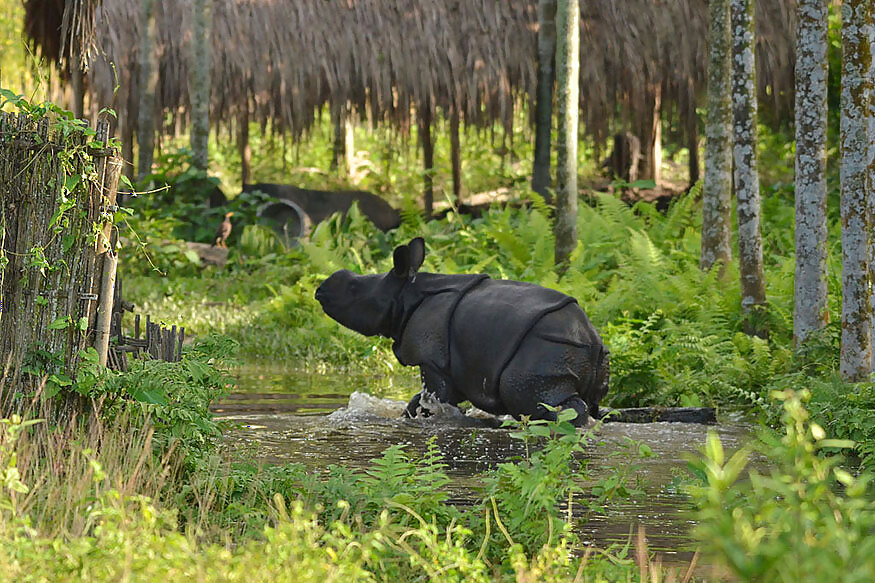
Former chief minister of Assam late Sarat Chandra Sinha realised the hollowness of government sponsored flood control and response mechanism and asked the people to learn to co-exist with the flood.
Four decades later, the "Build Back Better" concept of Sendai Framework talks about promoting decentralised and participatory approach to reconstruction and best use of local and traditional knowledge and skills. Thus, making the community more resilient towards flood.
Similarly, Early Warning System (EWS) involving key components like risk knowledge, monitoring and warning, dissemination and community response can reduce the vulnerability to a great extent. The Central Water Commission (CWC) has sufficient numbers of gauge water level in the state and monitors the water level on hourly basis during the flood prone monsoon season. But the readings never reach the vulnerable communities who need the information most.
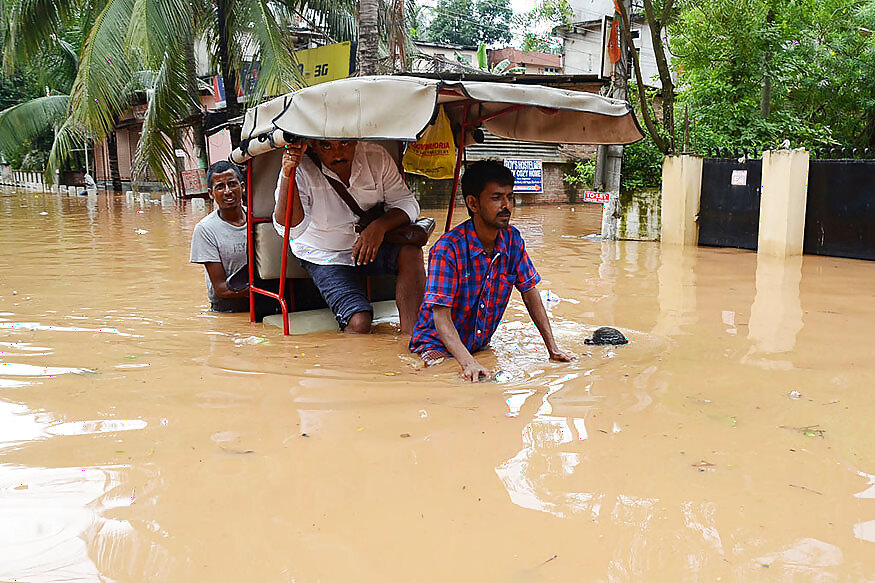
In our neighbouring country Nepal, the development agencies are tapping traditional and local knowledge to build successful community-based early flood warning system.
In Bangladesh, an initiative called 'Char Livelihood Programme' has been one of the best interventions to eradicate extreme poverty in the flood and erosion affected char or river island areas of Bangladesh using traditional knowledge and taping local resources.

Considering the impact of climate change, deforestation and destruction of natural water reservoirs, there is little doubt that the intensity of flood and erosion will continue to strike in Assam for coming years too. Our response to flood and erosion need a paradigm shift in terms of control and response.
Though we are blessed with inspiring people like Jadav Payeng, who promotes afforestation as a flood and erosion control mechanism but our government seems to be not interested in investing on communities to build their capacity to reduce the disaster risks using traditional knowledge and skills.
They'd rather be busy in building non-sustainable embankments, porcupines and distribution of flood relief in quantities that many would term inhumane.




















Comments
0 comment